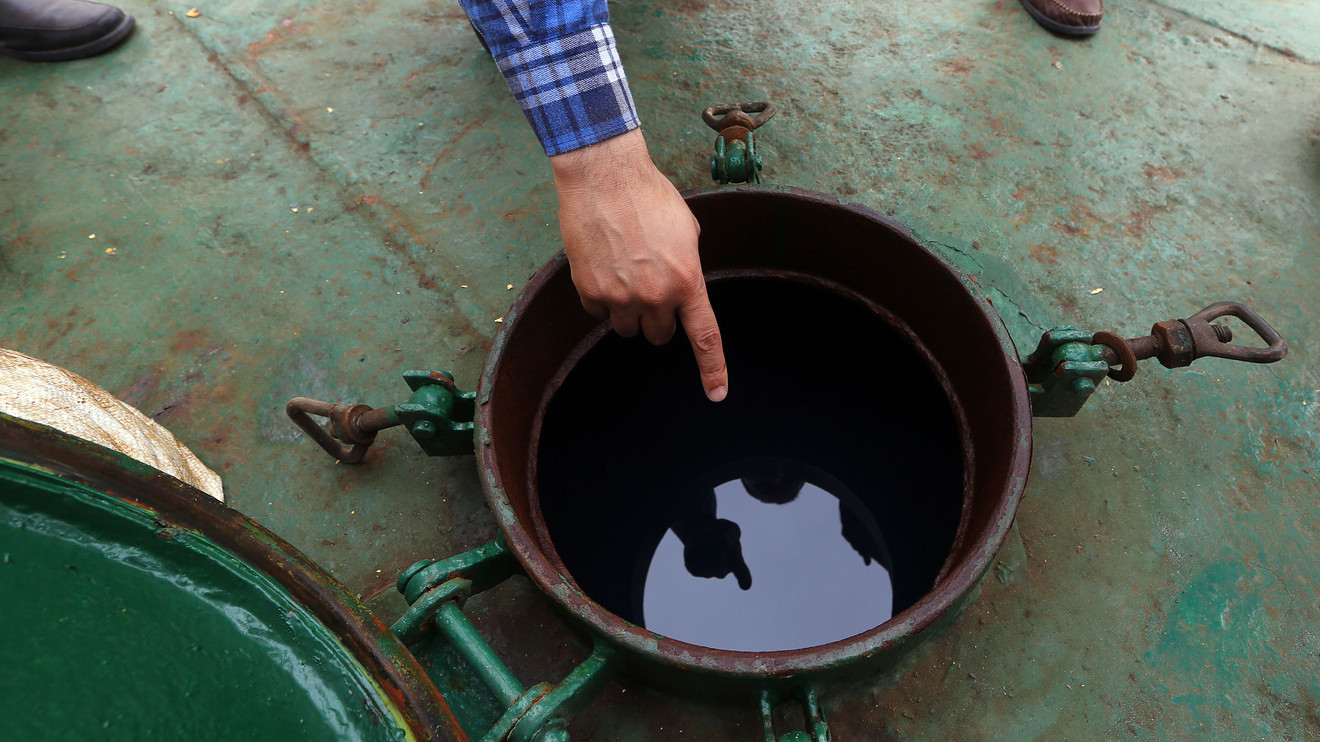
Oil futures headed higher Tuesday as investors bet that OPEC and its members will agree to deeper production cuts to stem a coronavirus-inspired tumble in the commodity that entered a bear market a day ago.
“Everyone knows the Saudis will again have to do more than the rest of [the Organization of the Petroleum Exporting Countries] if they wish to save crude prices from further savaging in the present crisis,” Barani Krishnan, senior commodities analyst at Investing.com, wrote in emailed commentary.
“Unlike past selloffs in oil where oversupply was always the problem, the coronavirus crisis is more about demand or, rather, the lack of it,” he said. “Here, demand suddenly evaporated almost overnight, and it all happened with one source: China.”
The Wall Street Journal and others have reported that OPEC and its allies including Russia, known as OPEC+, were considering cutting crude output by a further 500,000 barrels a day.
Among the scenarios under discussion at a technical meeting being held in Vienna Tuesday and Wednesday, however, are even larger production cuts of 800,000 barrels to 1 million barrels a day, the Journal reported Tuesday. Officials told the Journal that they are set to issue recommendations this week, with a final decision to come after a meeting of OPEC and its allies, likely sometime next week.
The OPEC website still lists the next gatherings as March 5 for the special meeting of the OPEC Conference and March 6 for the OPEC+ meeting.
West Texas Intermediate crude for March delivery CLH20, +0.62% was up 32 cents, or 0.6%, at $50.43 a barrel on the New York Mercantile Exchange, a day after it entered a bear market, down 20.8% from its recent high of $63.27 on Jan. 6, according to Dow Jones Market Data.
A decline of at least 20% from a recent peak is the traditional definition of a bear market.
April Brent crude BRNJ20, +0.66% rose 41 cents, or 0.7%, to $54.86 a barrel on ICE Futures Europe, after its lowest settlement since Dec. 31, 2018, which also represented the international benchmark’s entry into a bear market, down 21% from its recent high of $69.02 from Sept. 16.
As of midnight Monday, China had 20,438 diagnosed coronavirus cases, with 425 deaths, according to China’s National Health Commission.
Market participants are worried that the spread of the virus could have a substantial economic impact on the second-largest economy and the biggest importer of crude oil. Worries about weakened oil demand from China also comes as investors are fretting that global output of crude remains too robust to justify higher prices.
‘I’m as bearish as bearish can be from both the China demand devastation and global supply concerns.’
“I’m as bearish as bearish can be from both the China demand devastation and global supply concerns,” Stephen Innes, chief market strategist at AxiCorp, told MarketWatch. “There are two evolving, though not mutually exclusive narratives…evolving around coronavirus: panic/fear and the hit to the real economy.”
While the market can take some solace that the mortality rate is low, the “number of people locked down and shifting consumer behaviors is staggering,” he said.
Some strategists are doubtful that Tuesday’s gains for crude represent a longer-term rebound, noting that climbs in the Dow Jones Industrial Average DJIA, +1.70% and the S&P 500 index SPX, +1.70% were momentarily lifting assets considered risky like oil.
“The recovery of stock markets is lifting up the oil price as investors are — at least for now — less scared by the coronavirus,” wrote Carlo Alberto De Casa, chief analyst at ActivTrades, in a Tuesday research note.
Looking ahead, investors awaited inventory weekly data from the American Petroleum Institute later Tuesday, which could help influence crude trading ahead of the more closely watched Energy Information Administration data on Wednesday. API data are due at 4:30 p.m. Eastern on Tuesday.
The EIA is expected to report that crude inventories rose by 3 million barrels to 434.7 million barrels, for the week ended Jan. 31, with gasoline stocks expected up 1.9 million barrels to a fresh all-time high at 263.2 million barrels, while distillate stocks likely edged 100,000 barrels lower to 144.6 million barrels, according to analysts polled by S&P Global Platts.
On Nymex, March gasoline RBH20, -0.44% shed 0.6% to $1.4654 a gallon and March heating oil HOH20, +2.07% added 2% to $1.6102 a gallon. March natural gas NGH20, +2.58% traded at $1.865 per million British thermal units, up 2.5%. All three commodities posted losses on Monday.











Add Comment